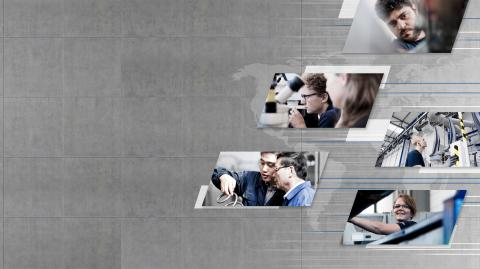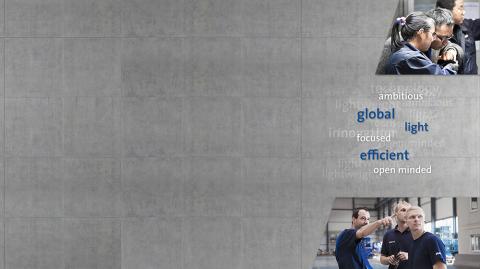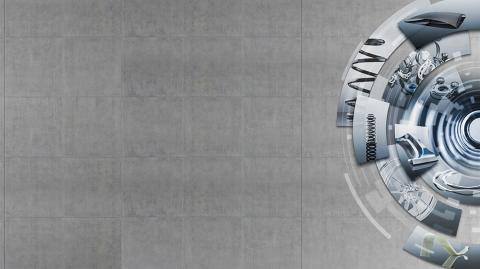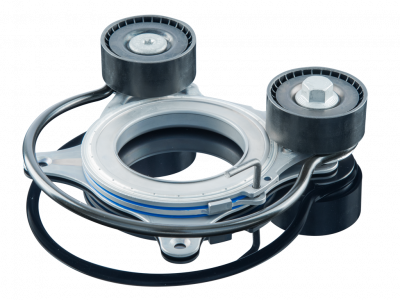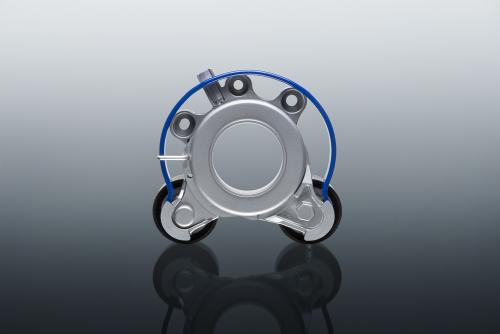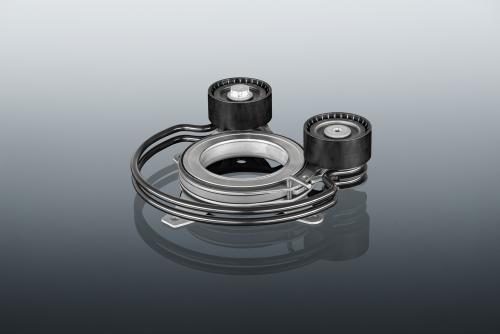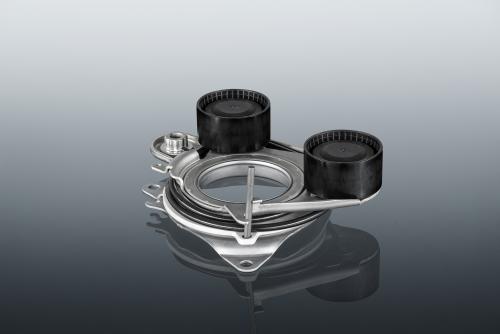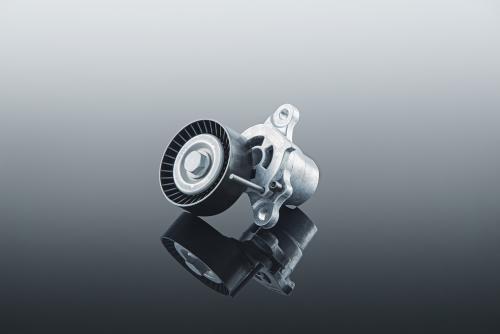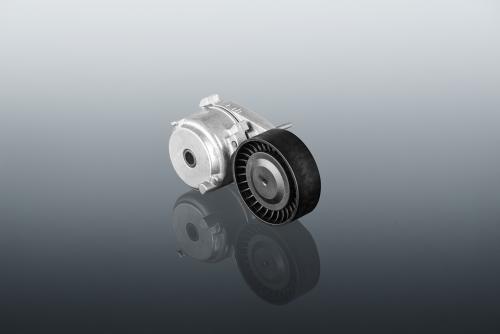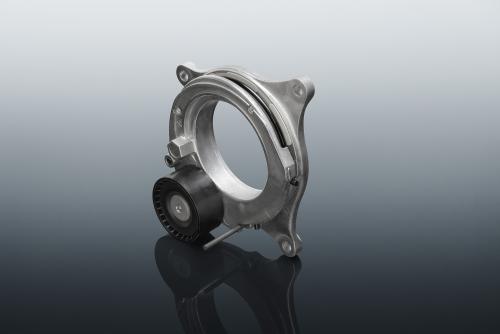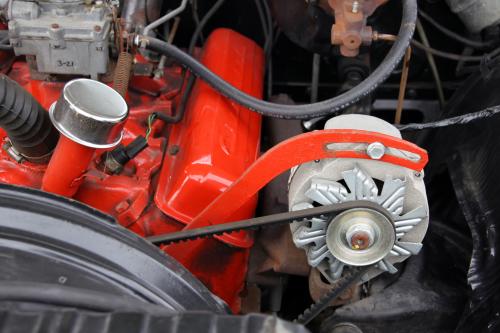As a result, damage to the V-belt was one of the most common causes of failure in automobiles. The required belt force was set manually by swiveling the alternator around a suspension axis. However, due to inaccurate assembly instructions, thermal expansion of the motor, and elongation of the belt over time, a drop in belt tension could occur. This could cause the V-belt to squeak, for example, during rain or low temperatures. The required belt force could only be restored by retensioning the belt via the alternator.
Over time, more and more units such as the water pump, power steering pump, and air conditioning generator have been integrated in the auxiliary drive mechanisms. Depending on the installation space, these components are arranged around the engine and thus determine the belt length. Simultaneously, the requirements for the belts have risen sharply – and the performance of the auxiliaries is continuing to increase.
The need for this task was eliminated following the development of ribbed V-belts, usually with five to six ribs. In order to safely transmit the necessary mechanical forces to drive the units in such a layout, it was necessary to introduce automatic tensioning systems in which one or more pulleys are arranged in a swiveling mechanism, spring-loaded, and damped. They suppress belt vibrations and prevent slippage and noise. They also ensure a constant belt force, independent of belt and unit manufacturing tolerances as well as aging-, temperature-, and load-dependent belt elongation.
